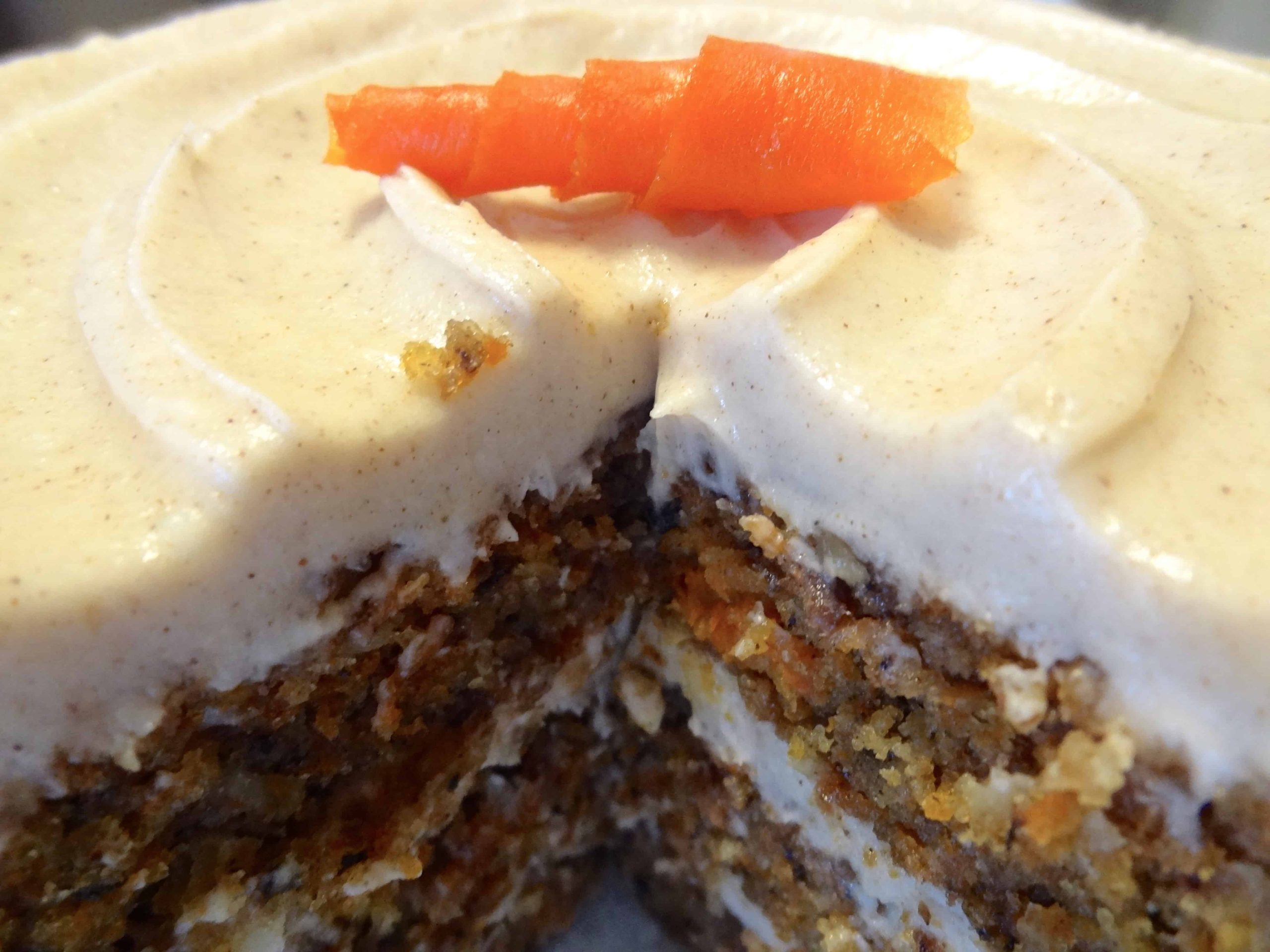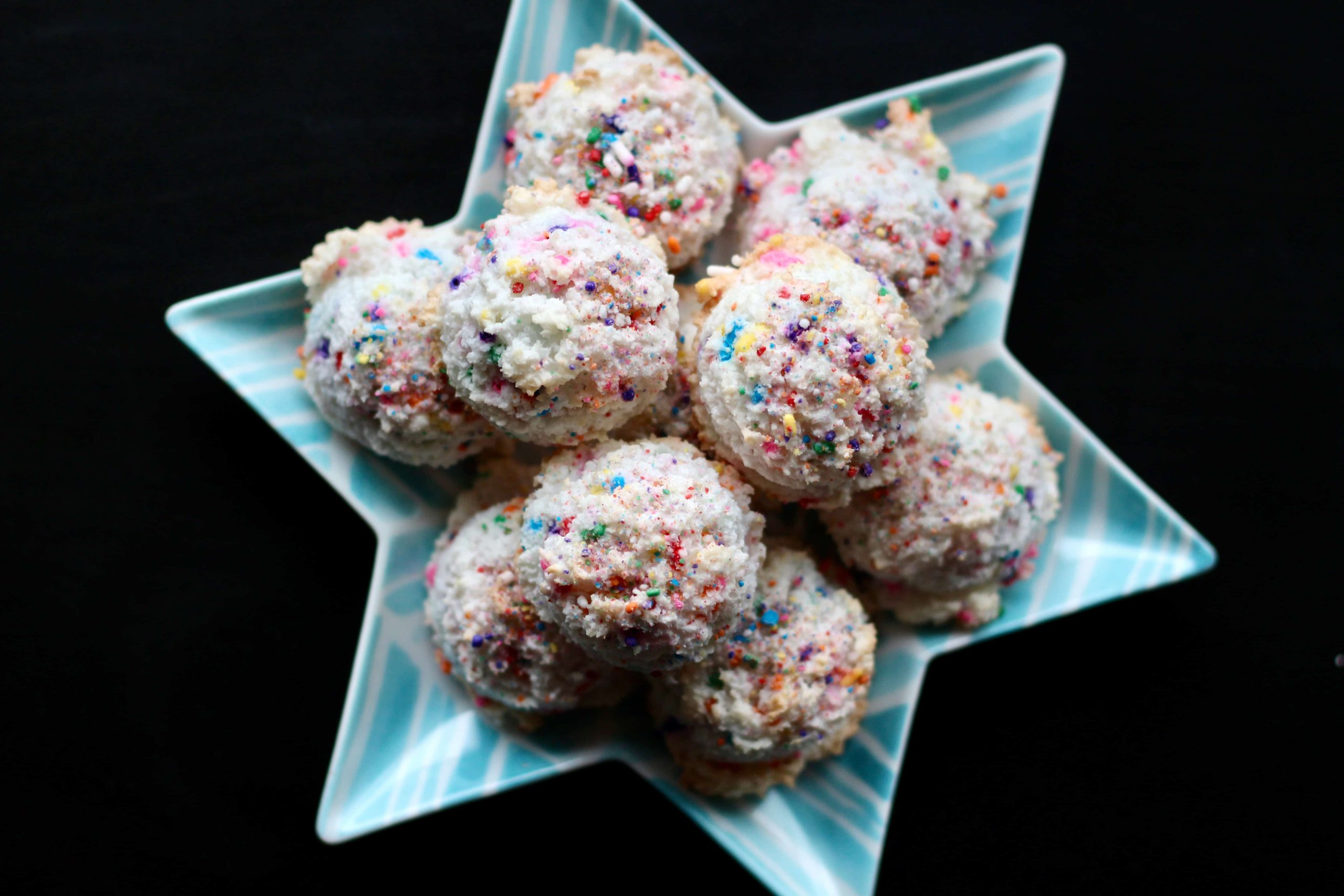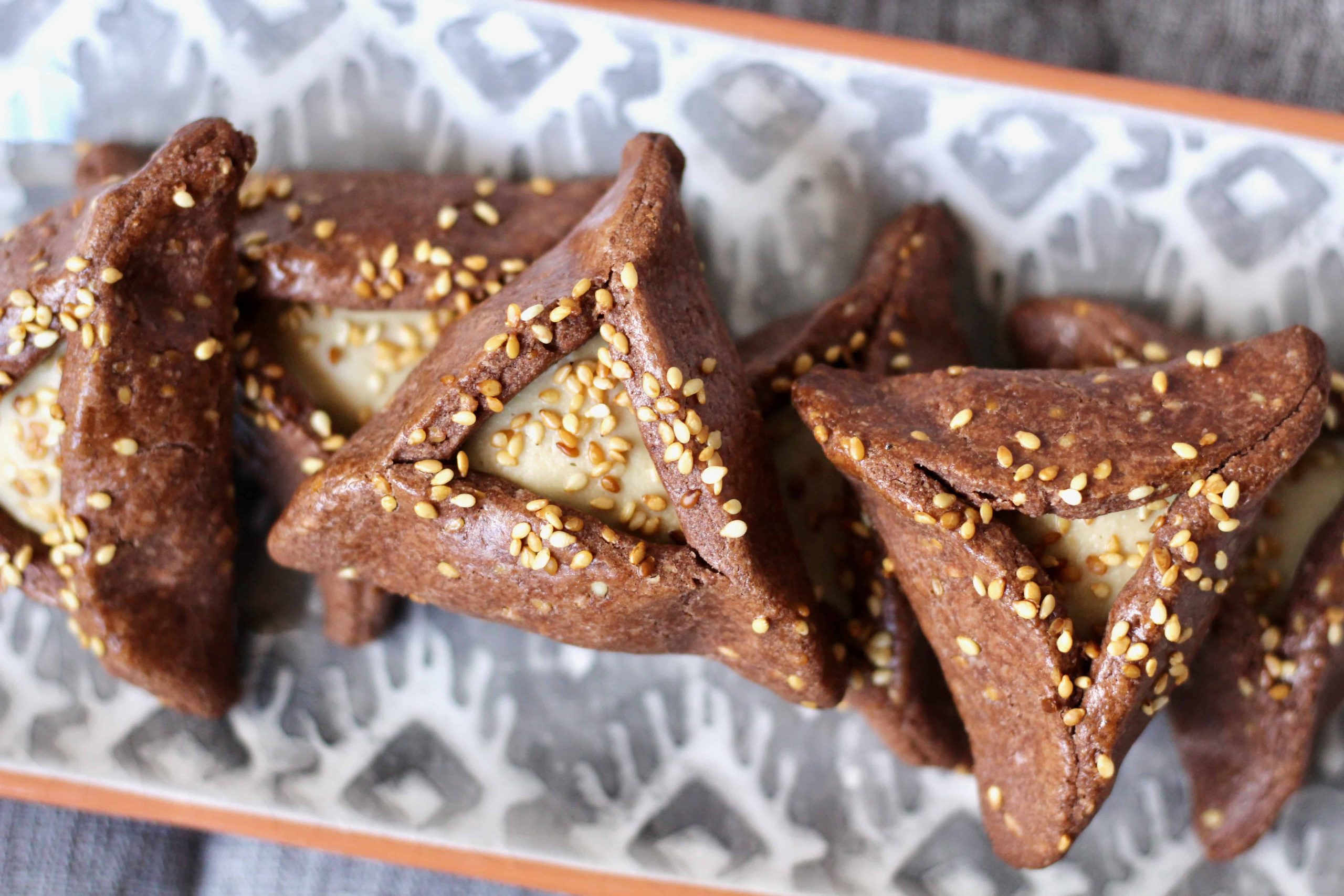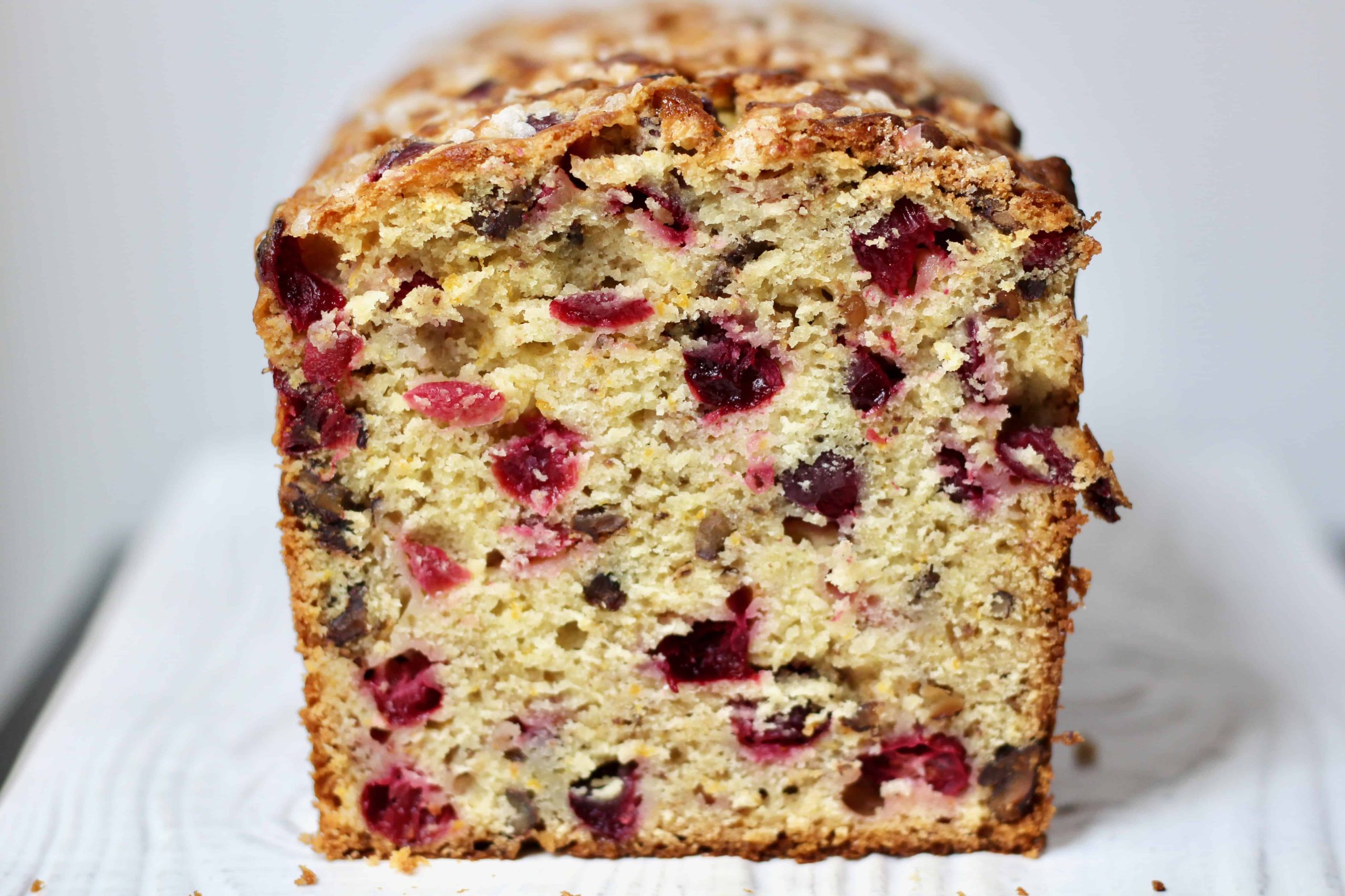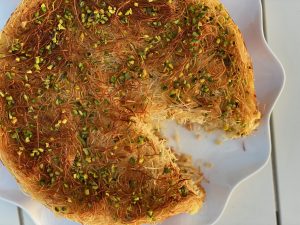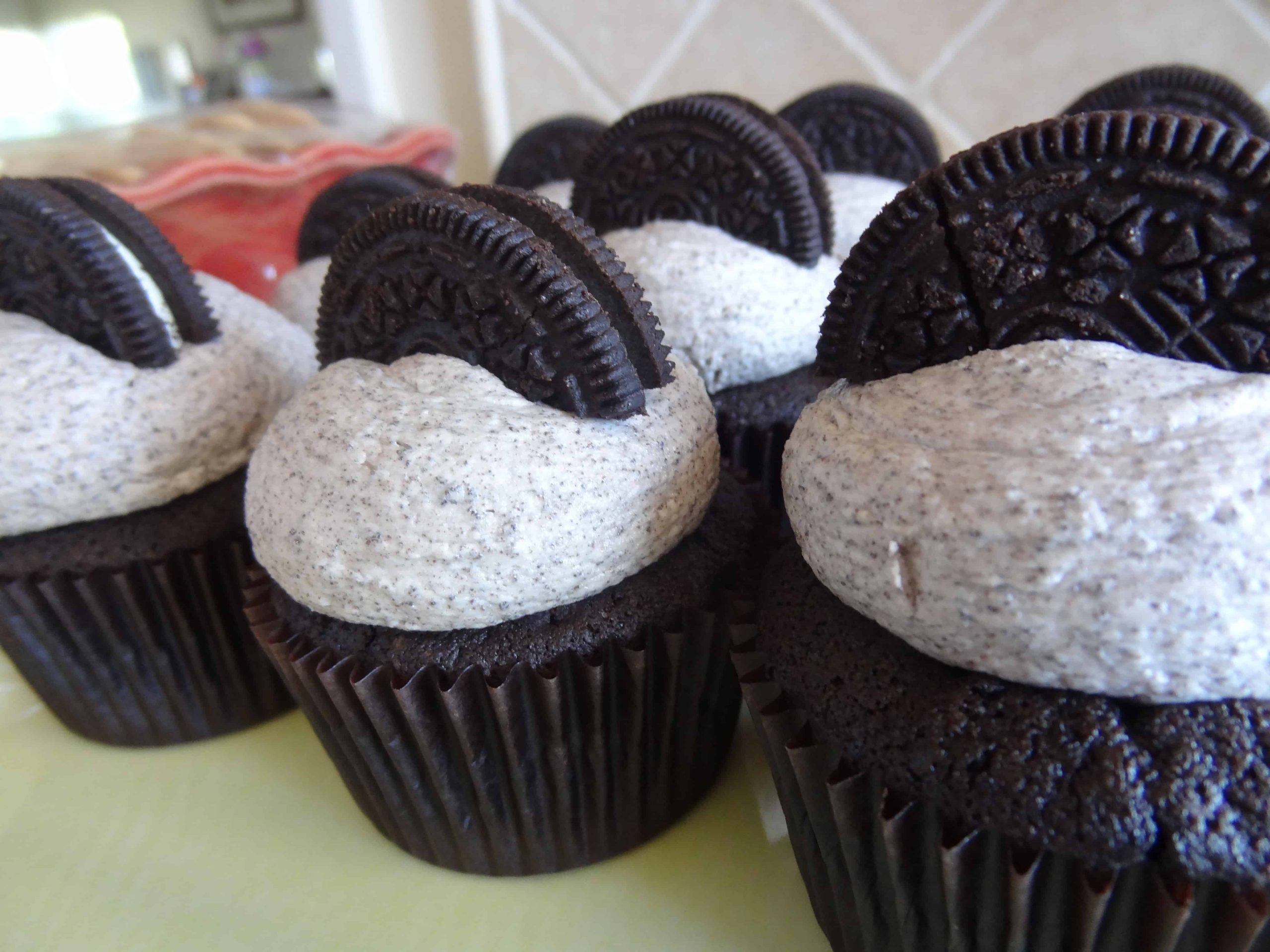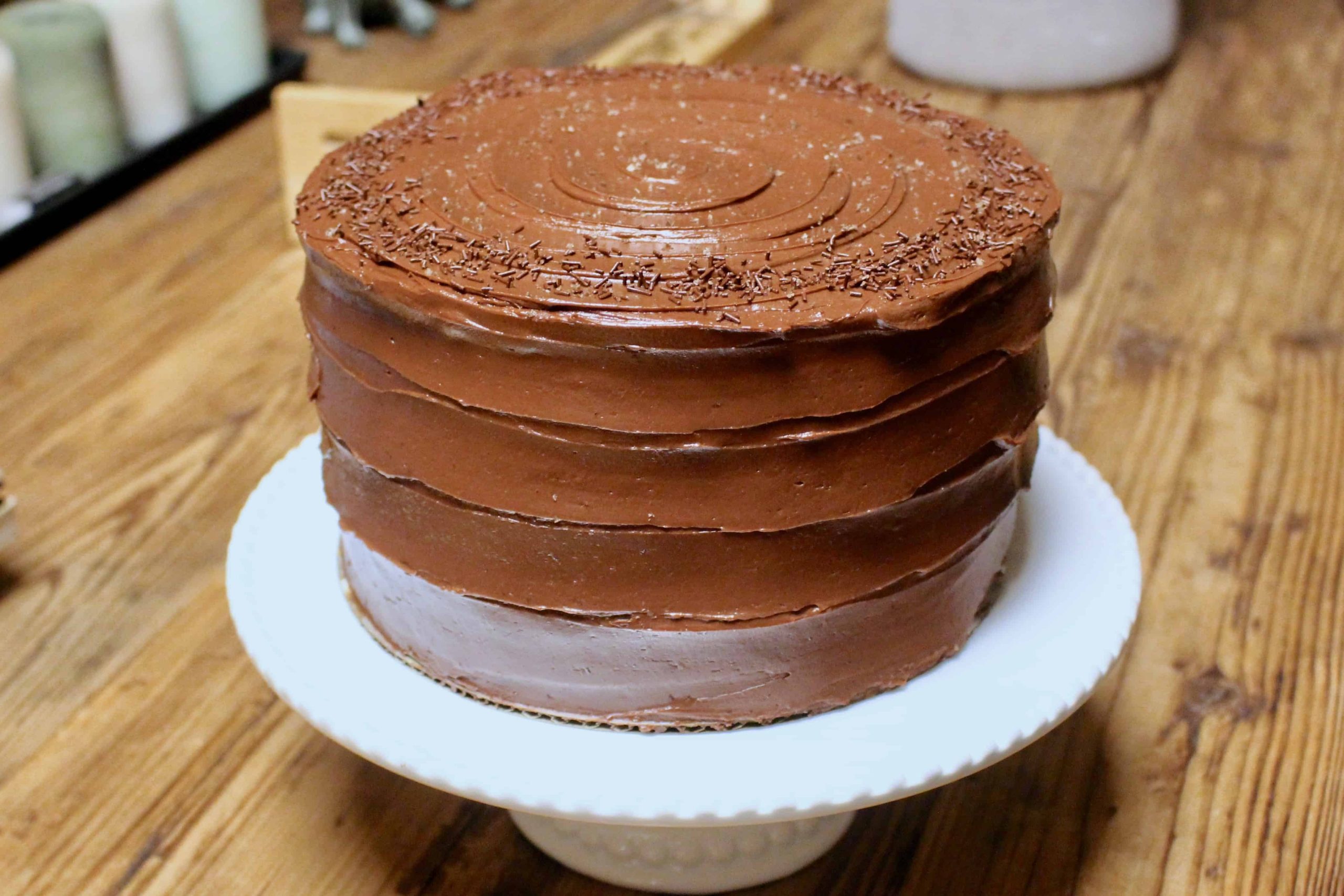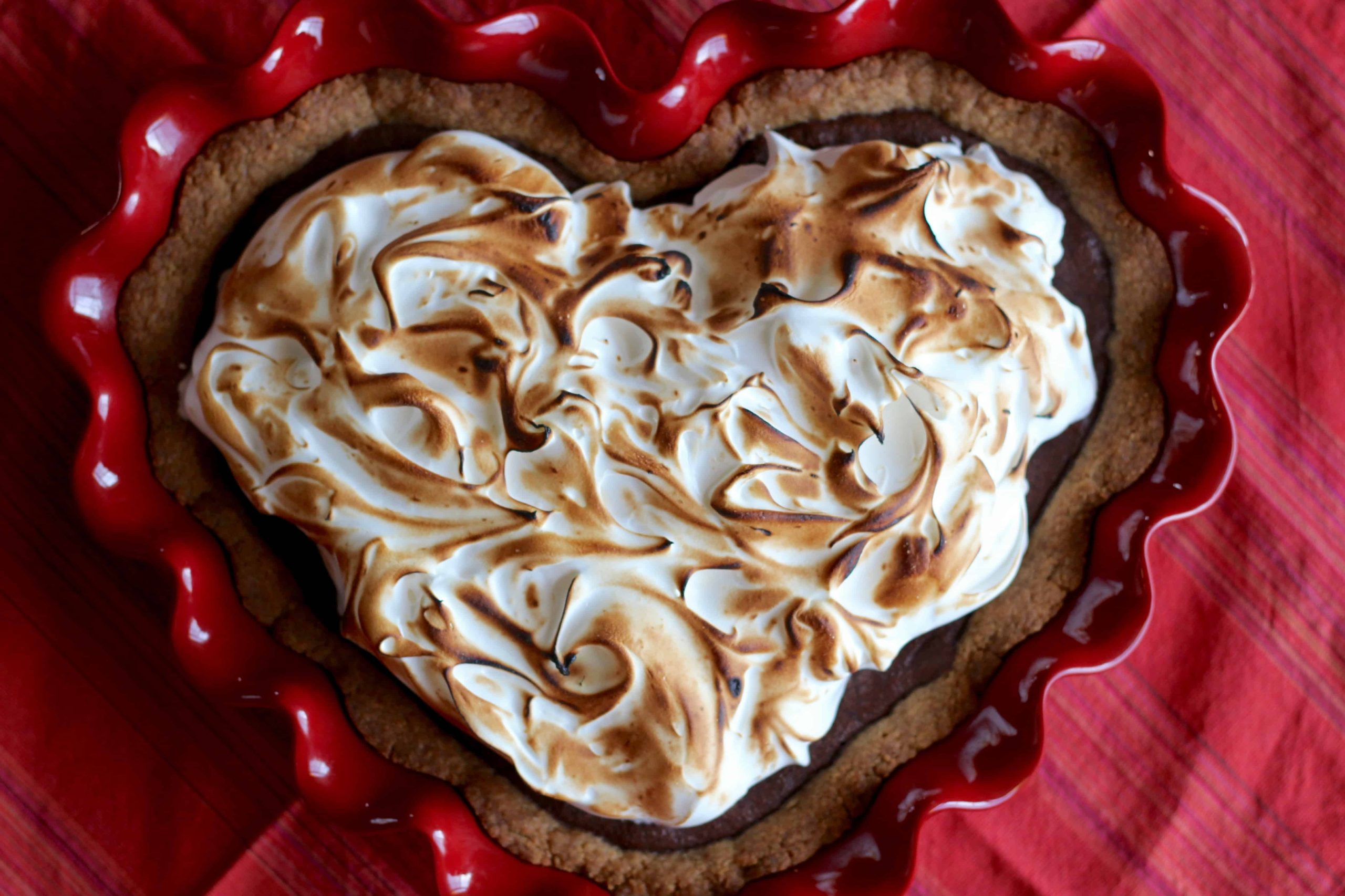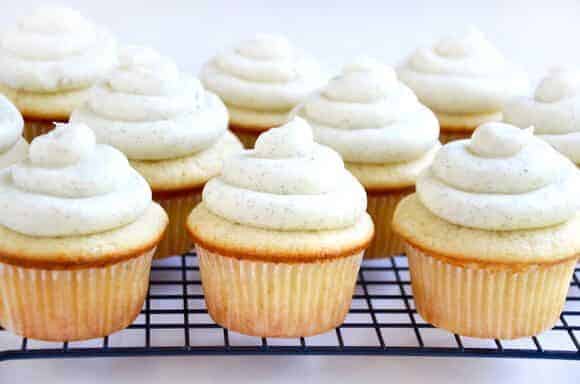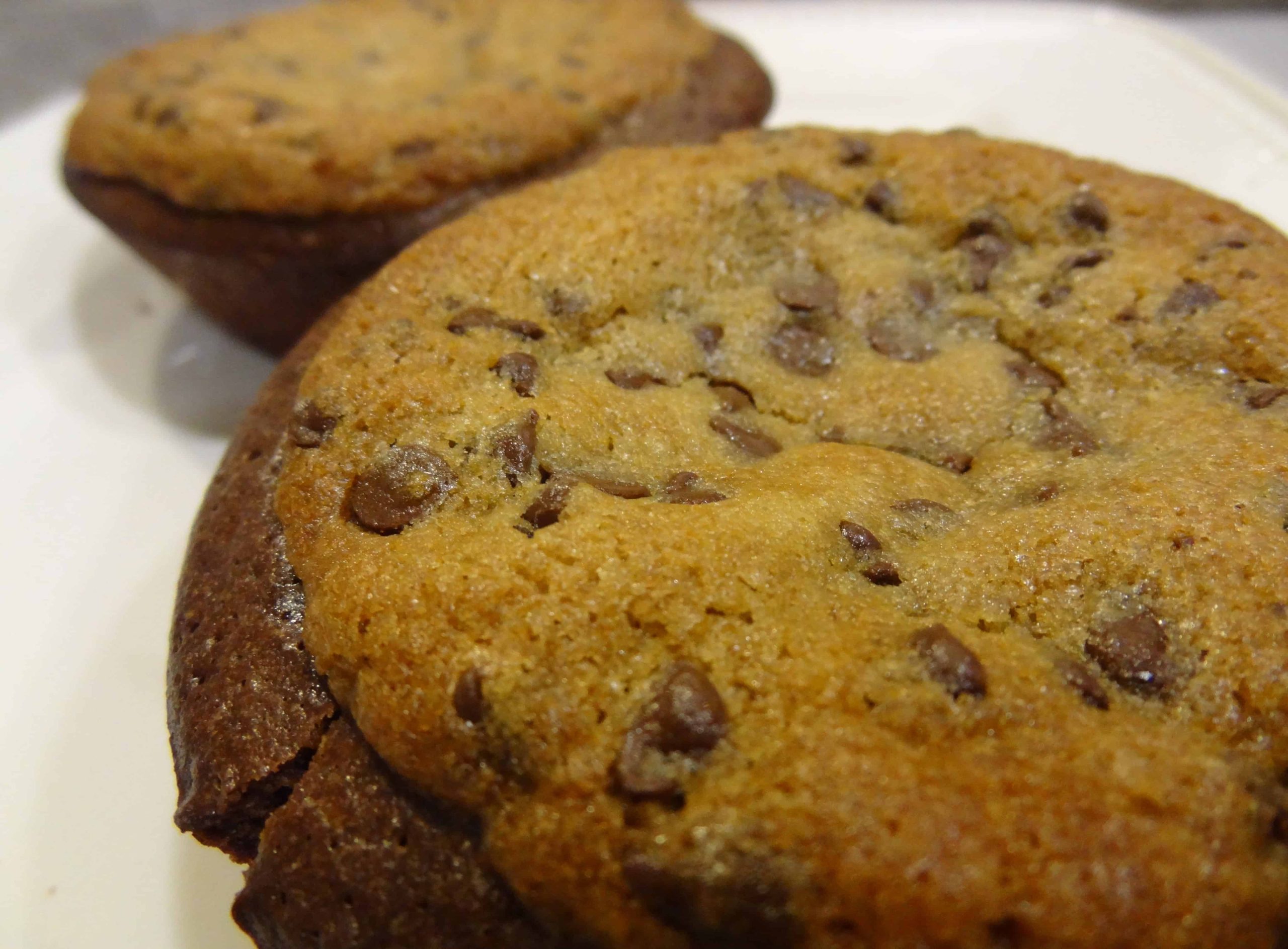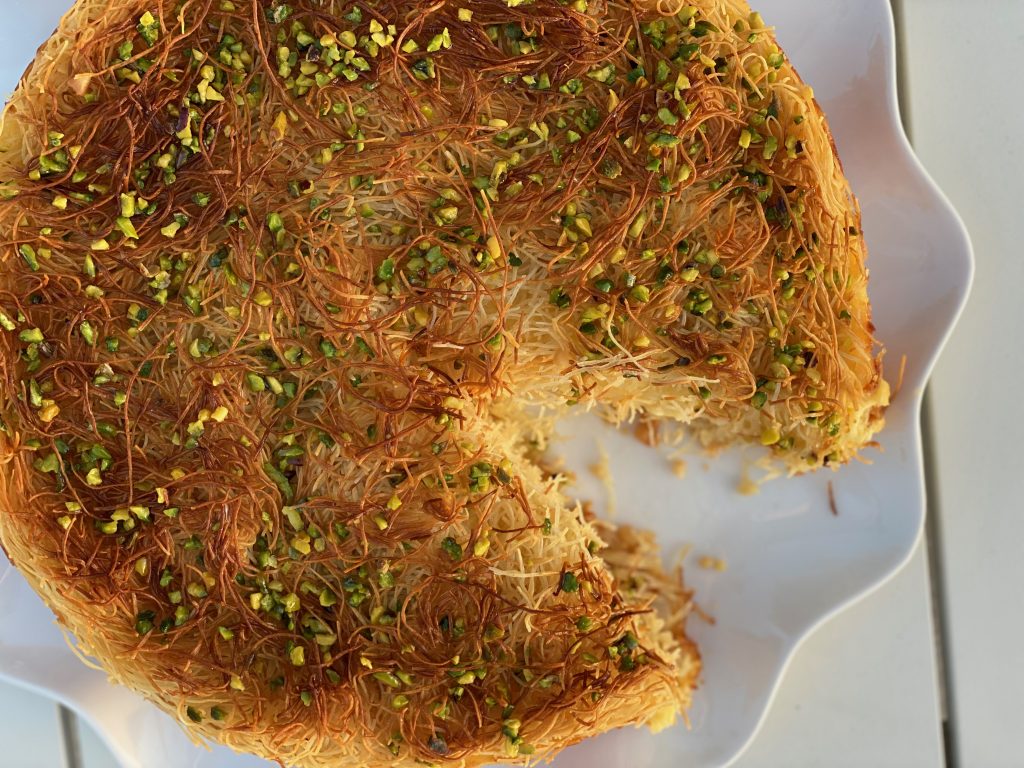
Among the many things happening at this time of year as we collectively hurtle towards the summer is the Jewish holiday of Shavuot, which celebrates the summer grain harvest and commemorates the Jewish people receiving the Torah on Mount Sinai after their exodus from Egypt. This joyful occasion is ushered in by gathering with loved ones and enjoying a dairy-forward meal, often including dishes such as cheesecake, cheese blintzes, and noodle kugel. Why dairy? Because the Israelites journeyed through the desert towards a “land flowing with milk and honey”, thus we have an excellent reason to indulge in milky delights. I don’t know about you, but I never met a dairy feast I didn’t like. Excuse to eat more cheese and cream? Please and thank you.
When I briefly lived in Israel in 2018, I was excited to experience an entire cycle of Jewish holidays during the year I planned to be there. Shavuot, sadly, was one of the few that I missed, and one that I had greatly looked forward to. Since Jewish holidays are based on the lunar calendar, the dates shift slightly each year. When I arrived in June, Shavuot had already passed, and when I had to leave the following June, the holiday had not yet taken place. So no Shavuot for me in Israel with family at that time. But someday!
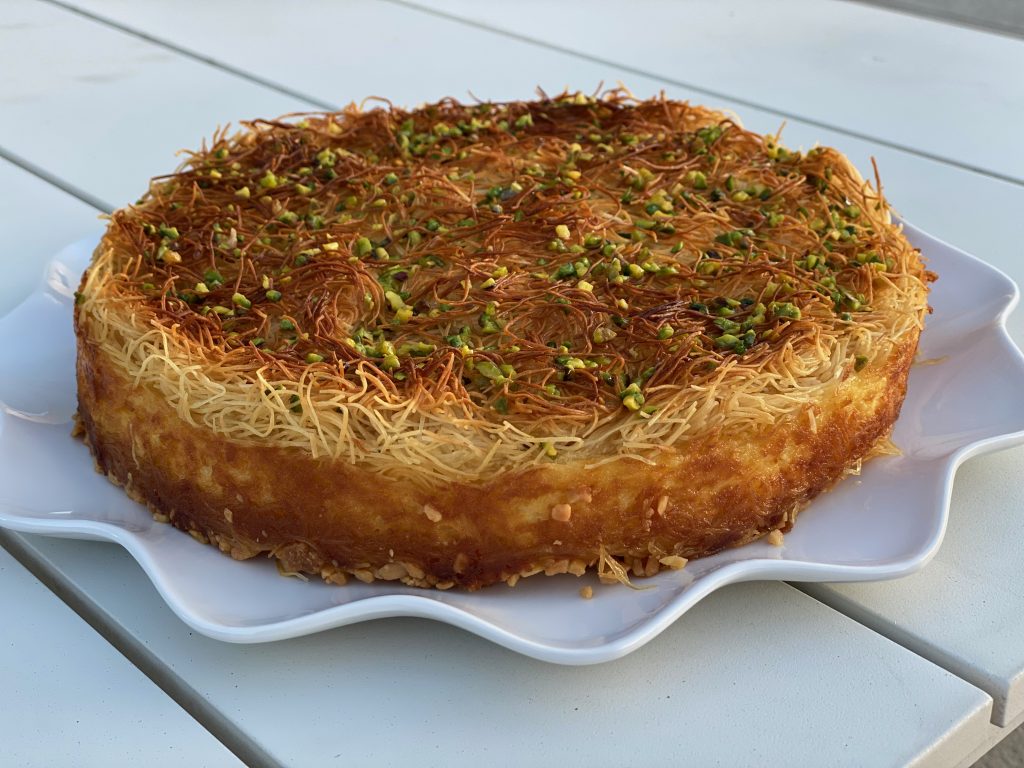
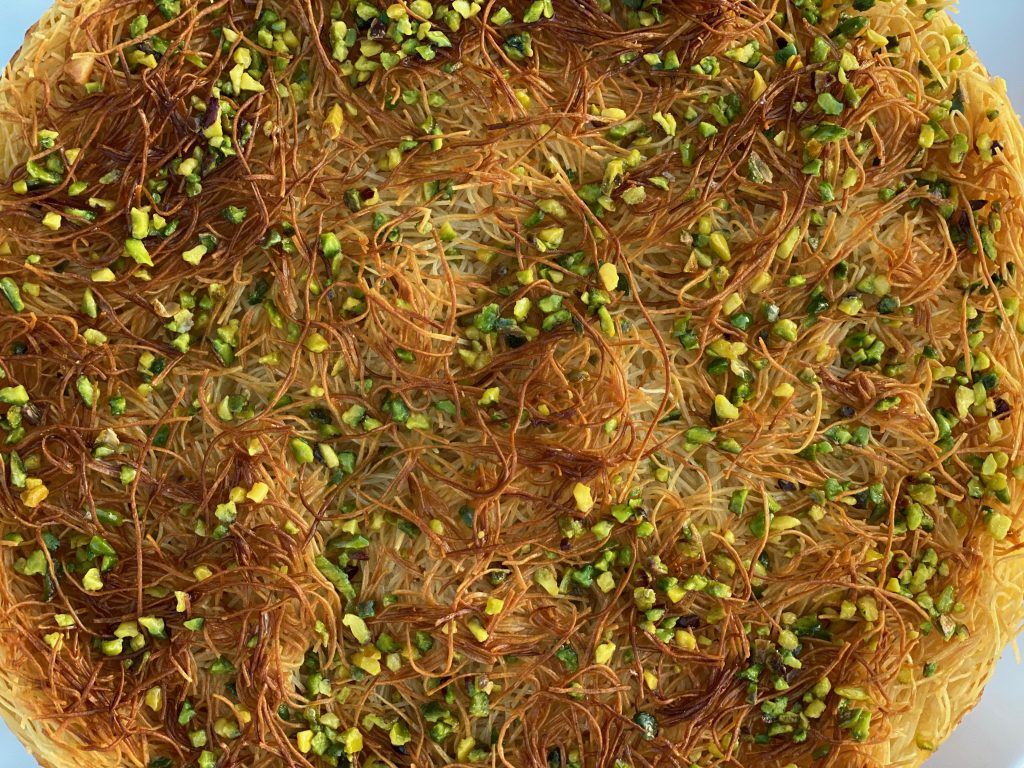
Ever since, I’ve been wanting to host a beautiful and elaborate Shavuot brunch, and while that still didn’t happen this year, I was inspired to bake this Knafeh Cheesecake anyway, which calls for kataifi pastry, an ingredient I’ve been wanting to delve into since living in Israel. The other thing in my particular case to celebrate at this time of year is the end of my school year and the beginning of the glorious summer vacation months. (And let me tell you, after this particularly bizarre and challenging school year, it cannot come soon enough… Okay, fiiine, I say that every year, but really, this one was a doozy.)
What even is knafeh? Or kataifi? How do you even pronounce them, let alone eat them? Let’s start with kataifi (kat-ah-EE-fee), which is an ingredient used in Greek, Turkish, and Middle Eastern baking that is essentially like shredded phyllo dough. The strands resemble angel pasta when removed from their package. You can find it in Middle Eastern markets, often frozen, or online. If you are local to the San Francisco Bay Area, you can buy it at Rose International Market in Mountain View (probably other spots as well, but that’s where I found it).
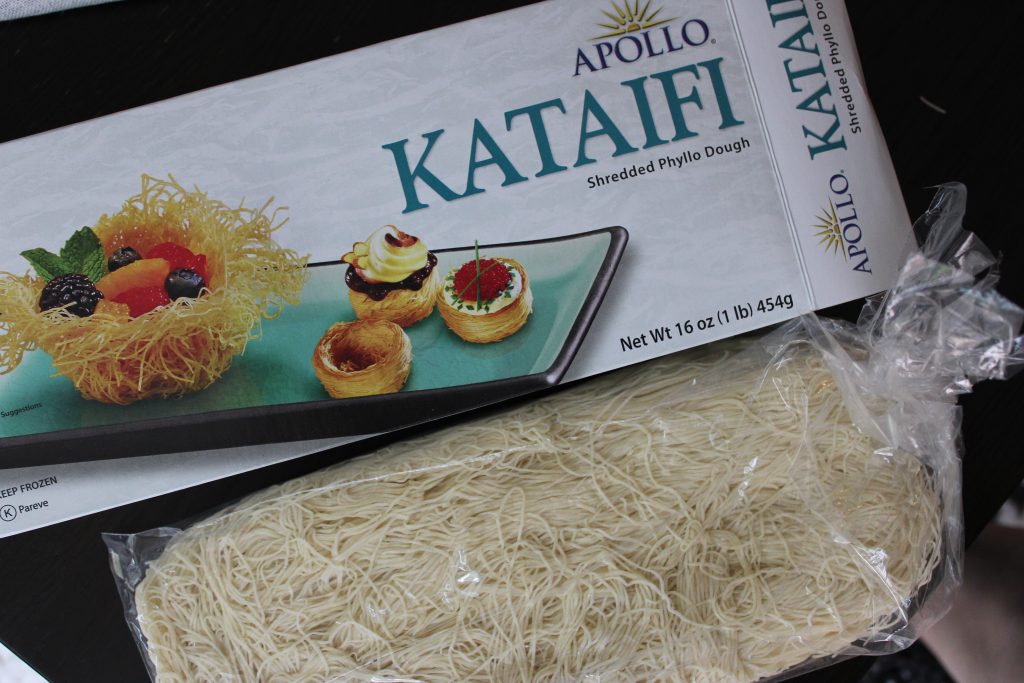
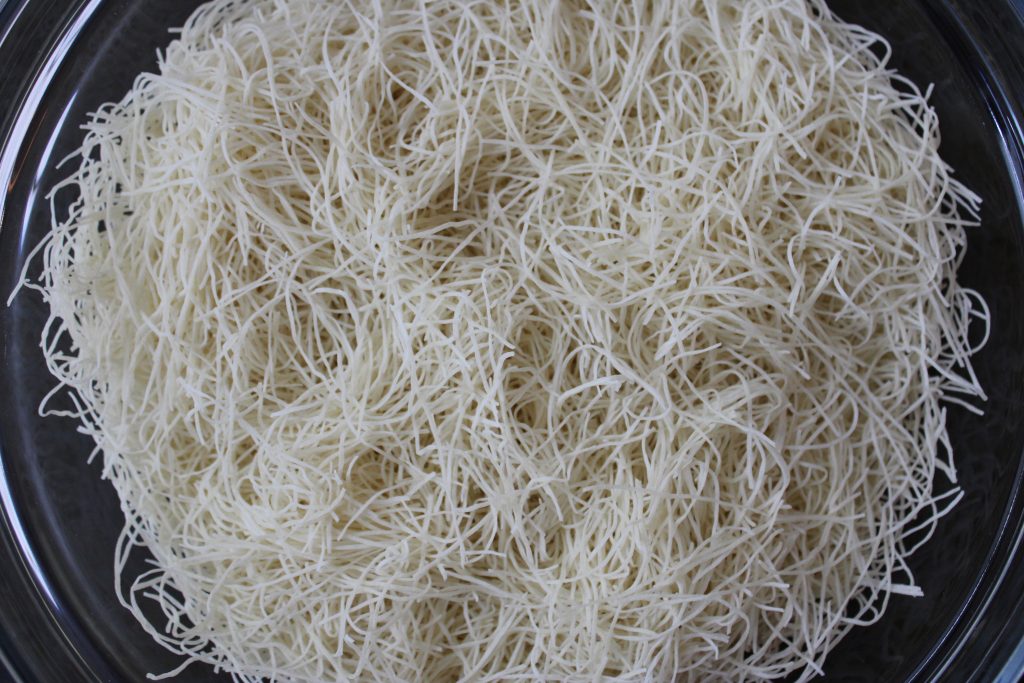
Knafeh (KNAH-fey– yes, you pronounce the ‘k’) is a Middle Eastern dessert made with broken-up kataifi, filled with stretchy cheese, and drenched in a sticky sugar syrup. I first had it in Israel and have been wanting to try making it for ages. (Trader Joe’s carries it in the frozen section, but I just don’t have the heart to try it in case it’s a complete abomination.)
This recipe is not exactly knafeh, but rather a cheesecake inspired by it. Aaand now I’m not sure I need to eat any other cheesecake again. Instead of filling the pastry with stretchy cheese, you lay down a bottom layer of kataifi, then spread a middle layer of cream cheese and mascarpone (the ‘cheesecake’ part), and top with another layer of kataifi. Once baked, you’ll top the cake with pistachios and pour over a rosewater-scented sugar soak– it is truly a Middle Eastern delight of the highest magnitude that makes me pine for my Homeland.

Speaking of rosewater… I wish I could say I enjoyed the flavor of rose, but it tastes to me like snacking on perfume or soap. The recipe calls for ¼ teaspoon rosewater in the syrup; I used just ⅛ teaspoon and it’s barely perceptible, which is what I wanted. If you like the taste of rosewater, go ahead and use the full ¼ teaspoon, or even a little more if you wish. As for pistachios, I would recommend using the brightest, prettiest pistachios you can find, as the nuts really light up the top of the dessert. I tend to hoard my Sicilian pistachios for special uses only, and this is one of those worthy dishes.
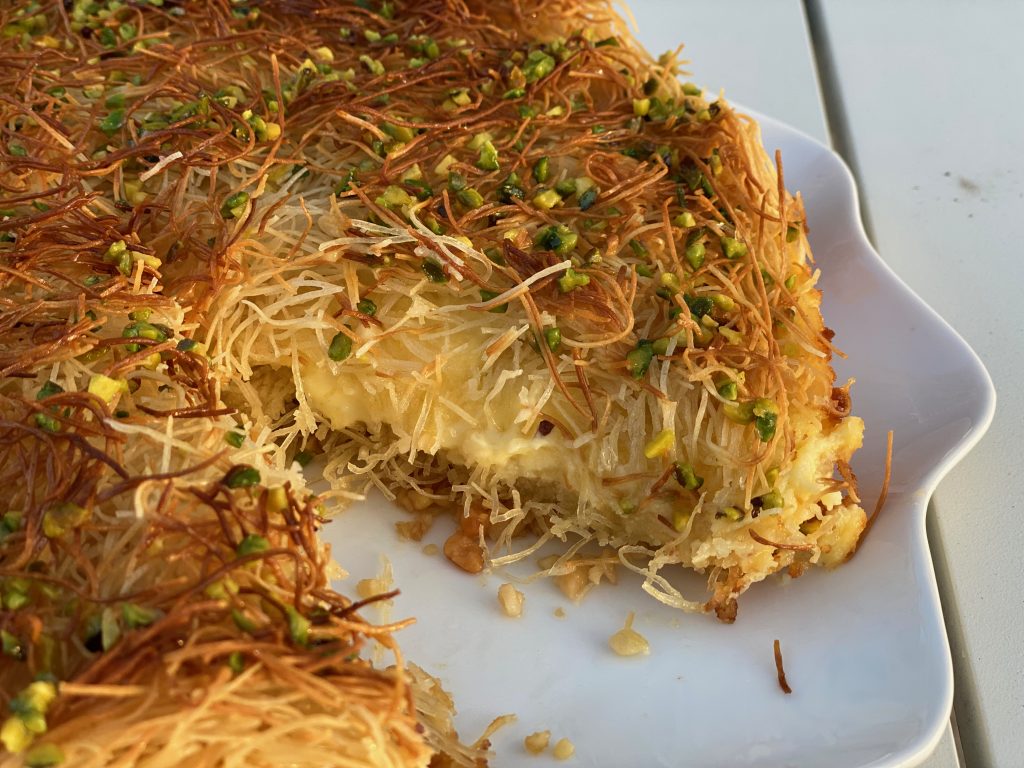
The photo in the original recipe presents a tidy cake with distinct layers of top and bottom kataifi pastry and a cheesecake layer in the middle, which is beautiful, and it’s what caused me to drop everything and try this recipe. However, after paaaatiently waiting for it to cool enough to handle, I cut into the cheesecake and it was not as neatly layered, since the cheese center was pretty soft. But ya know, this is a flaky, cheesy, nutty mess that will go right IN YO MOUF and I promise you that you will quickly let go of any shred of caring whether your layers were tidy or not. If you cut it after refrigerating, the layers are much easier to see, but at the same time, eating it a smidge warm is delightful, so you decide….
While I made this in honor of the Shavuot holiday, you can make it to crown any Middle Eastern meal or really for any occasion when you want a cheesecake dessert with a twist. Aside from tracking down the kataifi pastry, it’s very quick and easy to pull together, and it looks pretty impressive considering how little work it requires. Wishing you Chag Sameach if you celebrate Shavuot and Happy Summer to all!
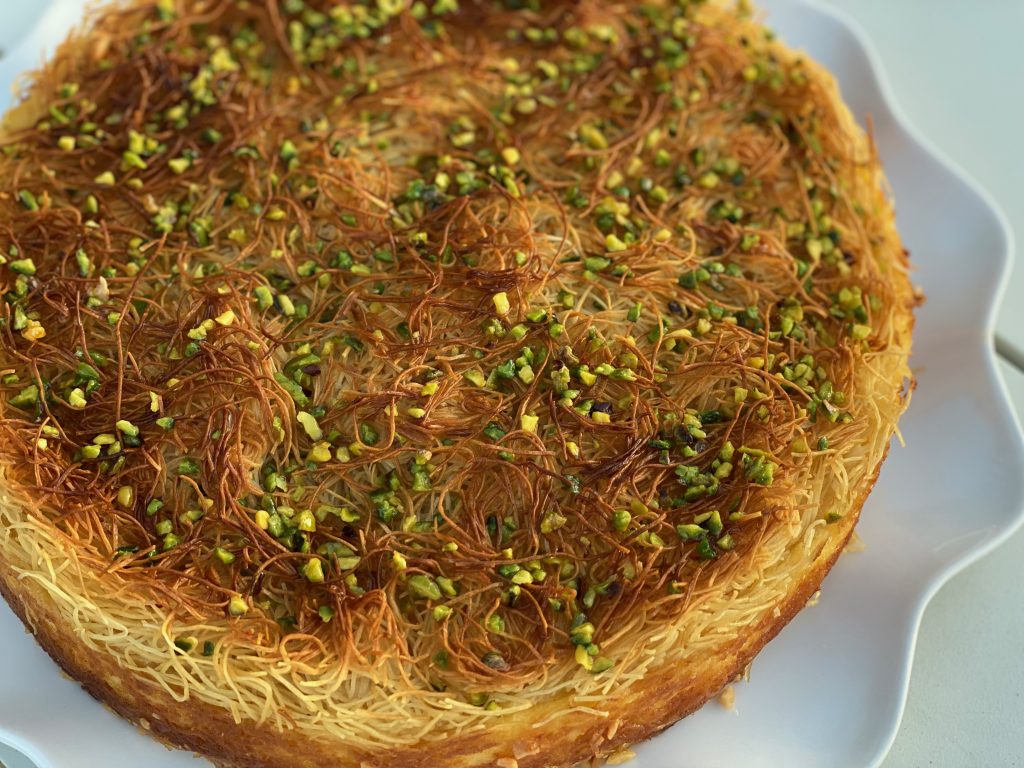
Knafeh Cheesecake
Adapted from My Jewish Learning
Serves 8-12
Kataifi pastry (shredded phyllo dough) can be found in Greek or Middle Eastern markets, or online via Amazon).
- 1½ cups (300g) granulated sugar
- 7 ounces water
- 2 tablespoons fresh lemon juice
- ⅛ – ¼ teaspoon rosewater, to taste
- 7 ounces (1¾ sticks/14 tablespoons) unsalted butter, melted
- 12 ounces kataifi pastry, such as Apollo brand, at room temperature
- 10 ounces (285g) mascarpone cheese, slightly softened
- 8 ounces (227g) cream cheese, slightly softened
- 2 large egg yolks
- ¼ cup (50g) granulated sugar
- ¼ teaspoon kosher salt
- 1 cup (120g) blanched almonds, finely chopped
- 2 tablespoons chopped pistachios, preferably bright green (such as Sicilian pistachios)
Preheat an oven to 350°F and set a rack in the center position. Place a piece of aluminum foil on or below the rack to catch any drippings.
Stir together the sugar, water, and lemon juice in a small saucepan until the sugar starts dissolving and the mixture begins to bubble around the edges. Bring the mixture to a boil, then simmer on low heat for about 10 minutes or until the sugar liquid thickens to a syrup. Remove the pan from the heat and leave to cool, swirling occasionally. When the syrup has cooled, add the rosewater and set aside to be used later.
While the syrup is cooking, prepare the pan. Remove the outer ring from a 9″ springform pan and place a large piece of parchment paper over the bottom, then lower the outer ring over the parchment and clamp the ring onto the pan bottom so that the parchment lays taut across the bottom and has plenty of overhang outside the ring. This will help to catch butter and syrup drippings. (You may also want to place a piece of aluminum foil underneath the pan just in case.) Grease the sides and bottom of the springform pan with a little of the melted butter.
In a large mixing bowl, pull and break apart the kataifi pastry with your hands until all the shreds are loose and the pieces are no more than a couple of inches long. The kataifi seems delicate but is resilient and you can firmly pull on it (not in an overly aggressive way, but it won’t fall apart). Pour the rest of the melted butter over the pastry shreds and use your hands to mix it in so that all the kataifi is well-coated and shiny.
Using a hand mixer fitted with metal beaters (or a strong whisk by hand), mix together the mascarpone cheese, cream cheese, egg yolks, sugar, and salt until the mixture is creamy and smooth. It will be thick and light yellow from the egg yolks.
Scatter the chopped almonds evenly over the bottom of the springform pan. Place half of the kataifi strands on top of the almonds, spread it out evenly to the edges of the pan, and press it down lightly.
Mound the cheese mixture in the center of the kataifi and spread it in even layer to the edges using a small offset spatula. Press the rest of the kataifi on top of the filling and press it in an even layer.
Bake the cheesecake for about 30-35 minutes until the strands on top turn golden brown. If you’ve baked the cake for 35 minutes and the top is not browned, turn on the broiler for 1-2 minutes– keep a very close eye on it, as it can burn in seconds if you turn your back!
Remove the knafeh cheesecake from the oven and sprinkle the chopped pistachios across the top. Pour the rosewater syrup evenly over the cake– it looks like a lot, but do use it all, streaming it gradually all over the cake. Leave the cheesecake to cool completely, then carefully unclamp the outer ring and pull it up over the cake.
Carefully transfer the knafeh cheesecake to a serving platter using a large cake spatula or other tool that allows you to transport an entire cake.
Alternatively, put the cheesecake in the fridge in the springform pan so it can firm up for easier moving and cutting.
It will retain its crispness in the fridge for a day, and I can’t say beyond that because every last piece was gobbled up.
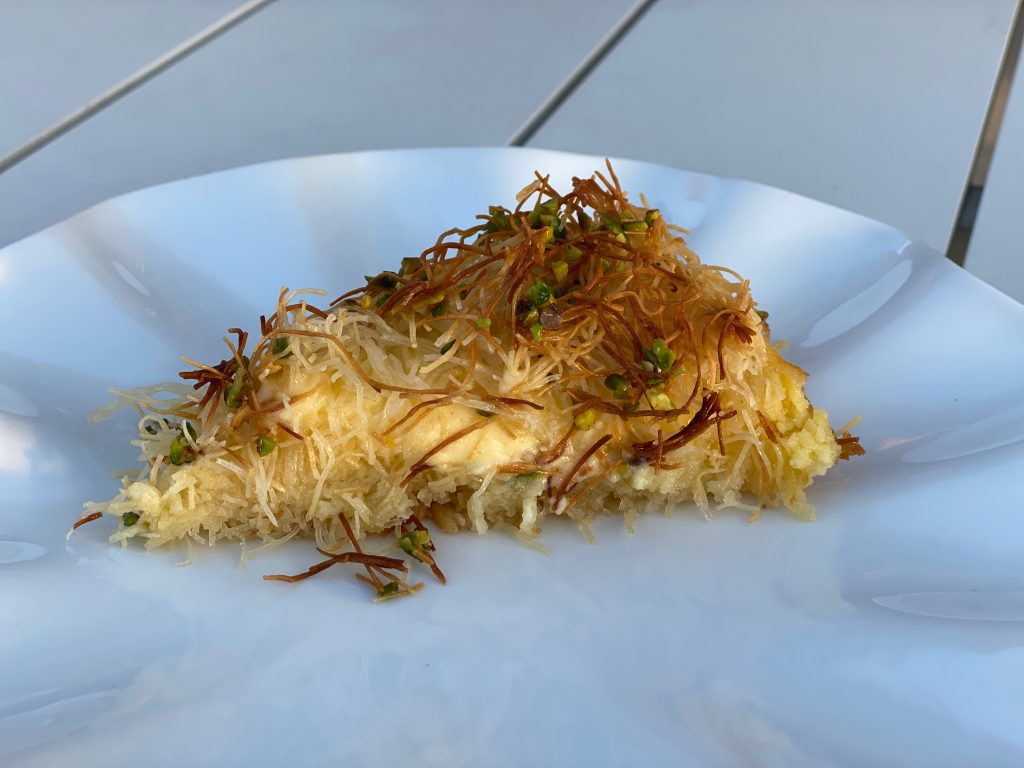
© Dafna Adler & Stellina Sweets, 2022.




